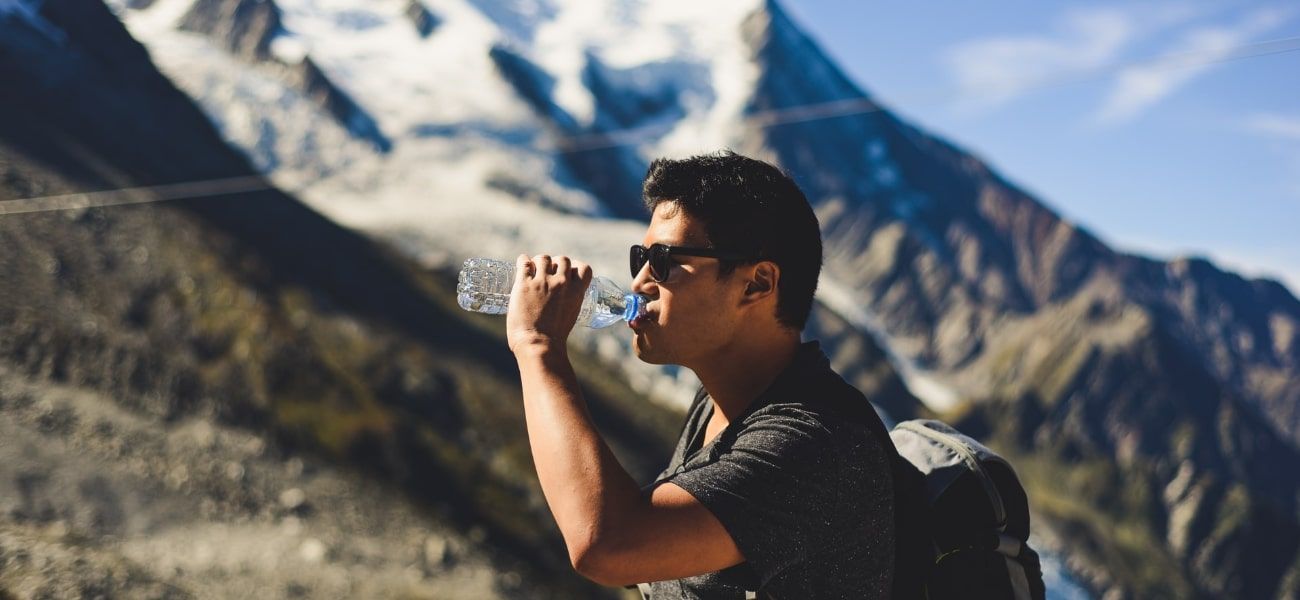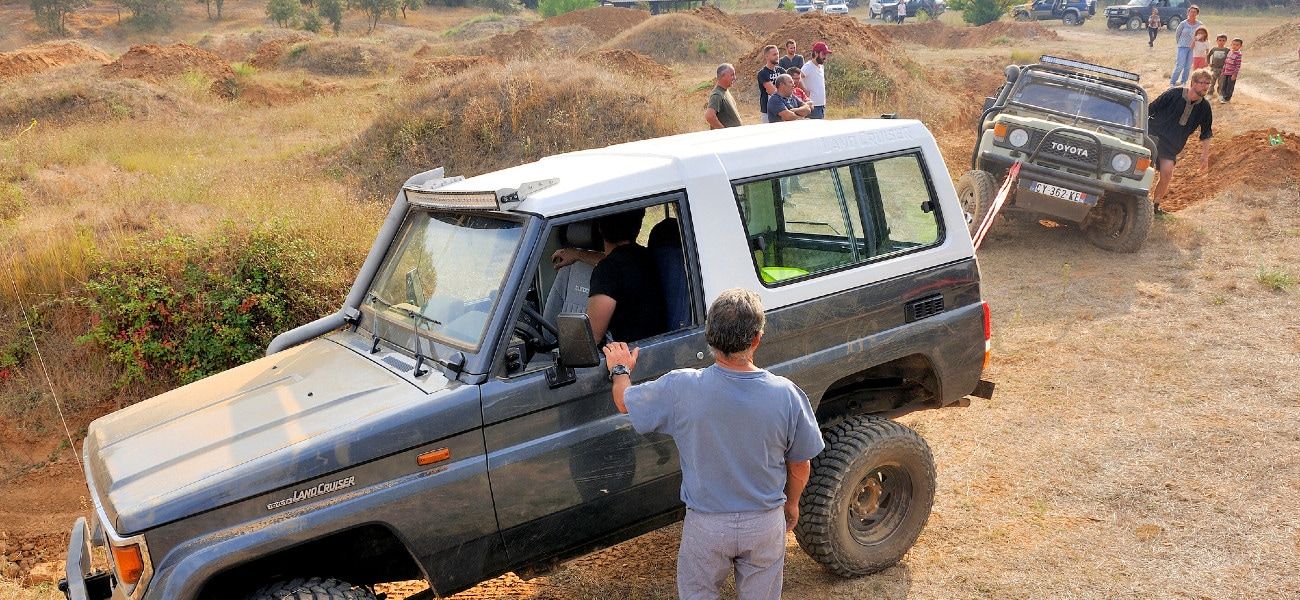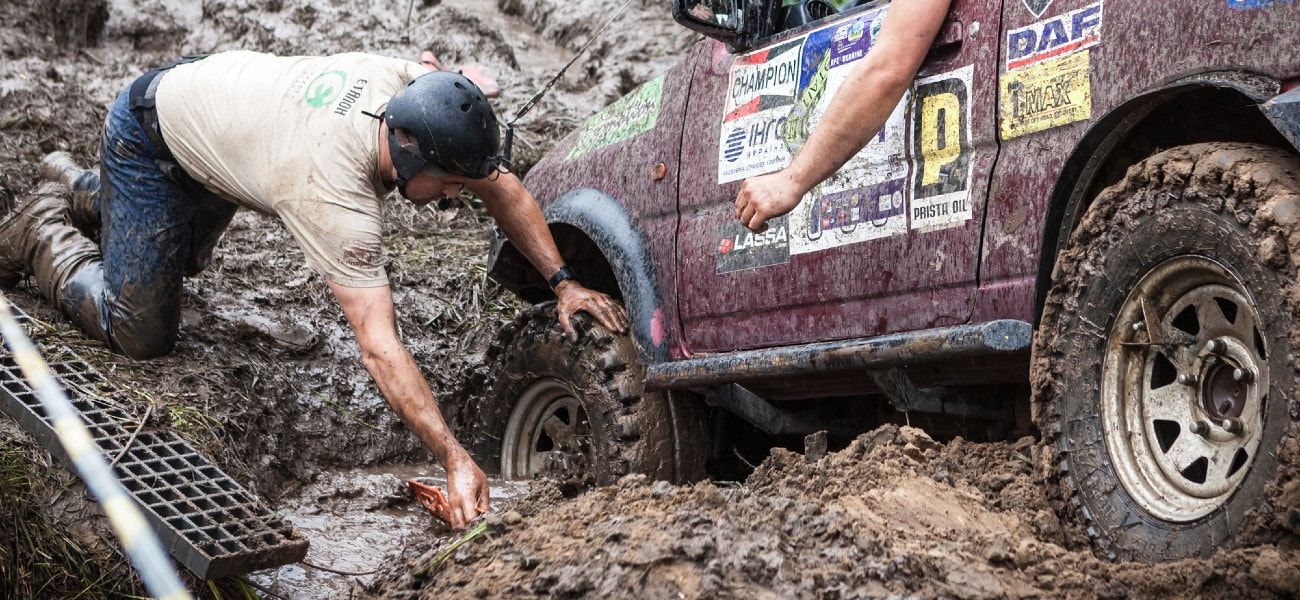Have you ever had the misfortune of running out of water during a hike? If you have, you will know just how unpleasant it can be.
When you consider that the human body is made up of 60-70% water, it is clear how vital this substance is to our well being!
Hiking in the Australian bush forces your body to consume large quantities of water, so it is critical that you bring enough to last you the journey, each and every time you hit the trail.
In this article, you’ll learn exactly how much water you should bring when going hiking, as well as the importance of keeping hydrated.
Benefits of Staying Hydrated
Water ensures your cells have the energy they need to carry out the many functions of your body. Keeping your body hydrated ensures that you have the ability to carry out basic motor functions and keeps your cognitive faculties sharp and alert.
Your muscles and joints will work better when your body is optimally hydrated, which in turn increases your stamina and endurance. This allows for better overall physical performance, especially when encountering demanding terrain.
Good hydration levels will also limit and relieve fatigue during periods of extended physical activity.
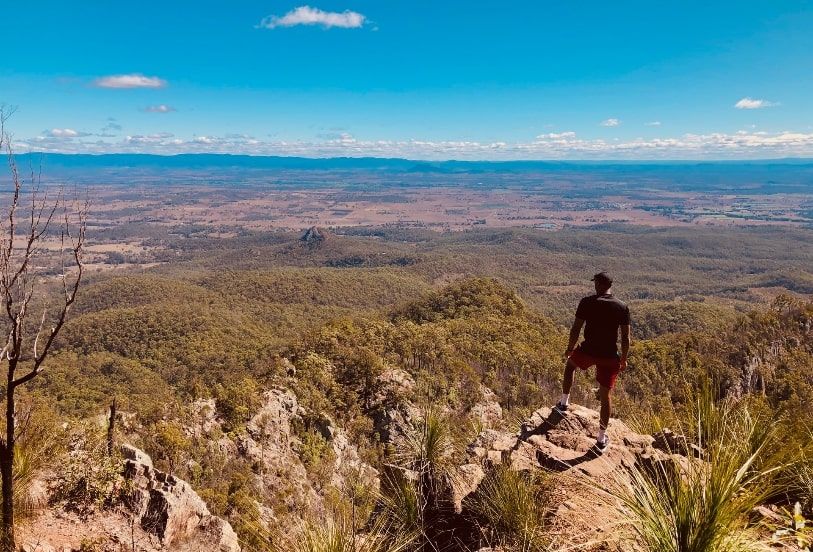
It's very dry out there!
Effects of Dehydration
Dehydration is the loss of water from the body (primarily through sweating) that isn’t replenished via fresh water intake. The symptoms of dehydration can include but are not limited to nausea, headaches, dark-colored urine, and a sharp decrease in energy.
It also makes it difficult for your body to perform proper temperature regulation - this is essential for preventing overheating and/or heat strokes.
Dehydration should be avoided at all costs during a hike as the effects can be quite dire. Without proper hydration, disorientation and weakness can lead to accidents or worse.
It is one of the greatest risks faced by hikers, especially in harsh Australian weather conditions. In fact, it was recently deemed the deadliest natural hazard in Australia, killing more people than all other natural hazards combined.
Despite the dangers of dehydration, people tend to be more worried about things like blisters or leeches when they go hiking!
How Much Water to Bring With You?
Most seasoned hikers recommend drinking at least 1 litre of water every 2 hours of active hiking. Of course this is just a rule of thumb, and the real amount that you consume will vary depending on the intensity of the hike and the weather.
For this reason, it is recommended that you bring at least 1.5L for every 2 hours of the expected hiking time (4-5 kilometres per hour on a flat trail). This gives you a bit of a safety margin, which is very useful if the trail ends up being unexpectedly long or difficult, or if the weather is hotter or drier than expected.
It is also better to take small but frequent sips rather than chugging one whole liter of water every hour or so. Try to drink about 300-400mL of water every 15-20 minutes or so.
This makes it easier for your body to replenish your electrolytes and maintain hydration levels.
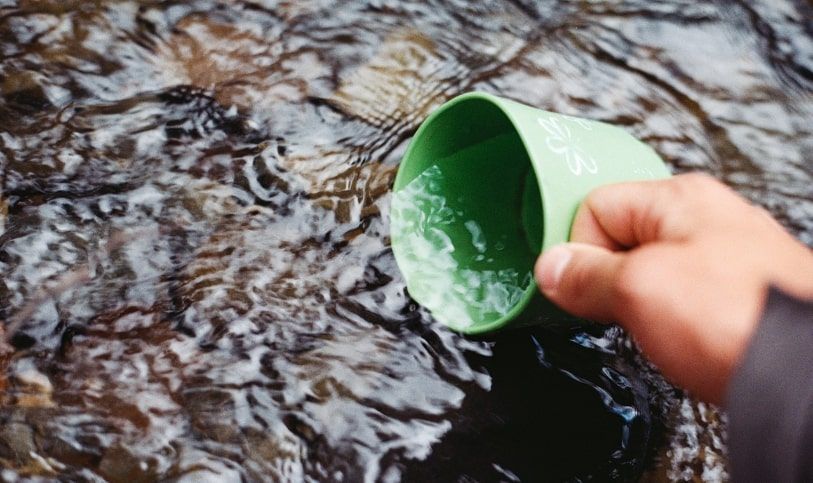
Some Useful Tips
Can You Drink Too Much Water?
There is such a thing as overhydration. It is possible that by continuously drinking water, you are flushing out not just toxins but essential nutrients from your body as well.
The true term for going overboard with the drinking of water is hyponatremia. This occurs when too much water is in your system, to the point where the sodium concentration in your cells is being diluted.
A lack of sodium means their proper functioning is impaired and your whole body suffers as a consequence. The symptoms of hyponatremia are surprisingly similar to that of dehydration.
To counteract the effects of hyponatremia, stick to taking small sips of water every 20 minutes or so rather than large quantities too frequently. If you feel that you are experiencing the signs of hyponatremia, then have some salty crackers or similar.
In reality, very few people will reach a state of hyponatremia while hiking in Australia. You are far, far more likely to be dehydrated than overhydrated, so do drinking too little should be a far greater worry than drinking too much.
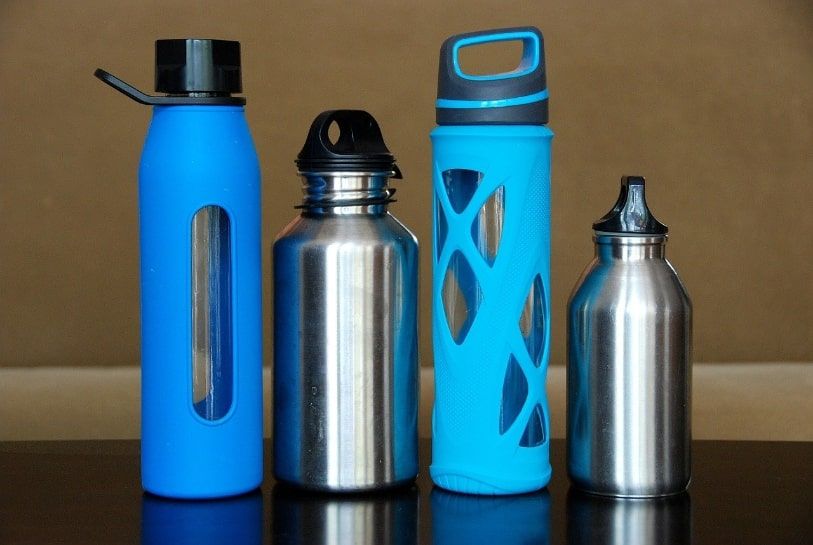
Choosing The Right Hydration System
Selecting the right hydration system for your hikes is an important decision to make. The right option will be different for each person, so I highly recommend that you try each of them out and see which one feels right for you.
Rigid Water Bottles
These are sturdy and come in many different shapes and sizes. They are typically see-through, which makes it easy to gauge water consumption rate and remaining water stocks. They are usually made of hard plastic.
They’re easy to clean and will last for quite a long time.
On the other hand, they can be quite bulky and take up a lot of space. The bottle alone can also add a bit of weight to your pack (especially if you use the metal ones) which isn’t great for ultralight hikers.
They take up as much room in your pack when empty as when they are full, so they also aren’t very efficient space-wise.
These bottles often come with built-in water filters and purifiers, which allow you to replenish your water stocks along the way and avoid running the risk of dehydration.
Collapsible Water Bottles
Soft, collapsible water bottles come in a variety of sizes and are usually made from a BPA free plastic. They weigh less than rigid bottles and have the major advantage of being collapsible once you finish drinking from them.
This saves weight and space in your pack, which is very important when hiking or bushwalking.
A consequence of their thinner material is that their insulating ability is quite poor. Your water will warm up faster than with other water bottle types.
Depending on the quality, you need to also take care that it doesn’t get punctured by anything. In saying that, they are very resilient when it comes to getting dropped. A hard plastic bottle might crack if dropped, whereas a soft bottle will just absorb the impact.
Hydration Packs
Hydration packs or bladders are a popular option for serious hikers since they can store large quantities of water and are easy to carry. These packs usually come with a mouthpiece for drinking, which makes it very easy to keep your hydration levels up with regular sips of your water.
There are a few small downsides to these units, however. Firstly, it is difficult to gauge how much water you are drinking and how much you have left, as it is all stored on your back rather than in a bottle.
To refill these hydration packs, you may need to take off your hiking pack completely, which can be annoying. Cleaning the pack properly at the end of a hike can also be a bit challenging.
Conclusion
Well that pretty much covers everything you need to know concerning how much water to take when going hiking.
Water is the #1 most important thing to take when hiking, followed by other safety gear such as PLBs.
I certainly hope that this article helps you plan how much water you need for your own hiking trip, as well as understand the importance of keeping hydrated. If you have any questions or simply wish to share some of your own tips or experiences, feel free to leave a comment down below.
This article may contain affiliate links. I will earn a commission if you choose to purchase a product or service after clicking on my link. This helps pay for the cost of running the website. You will not be disadvantaged in any way by using my links.
Note that while every effort is made to ensure the accuracy of the information on this page, there may sometimes be errors. Check all specifications with the manufacturer before purchasing any product.

